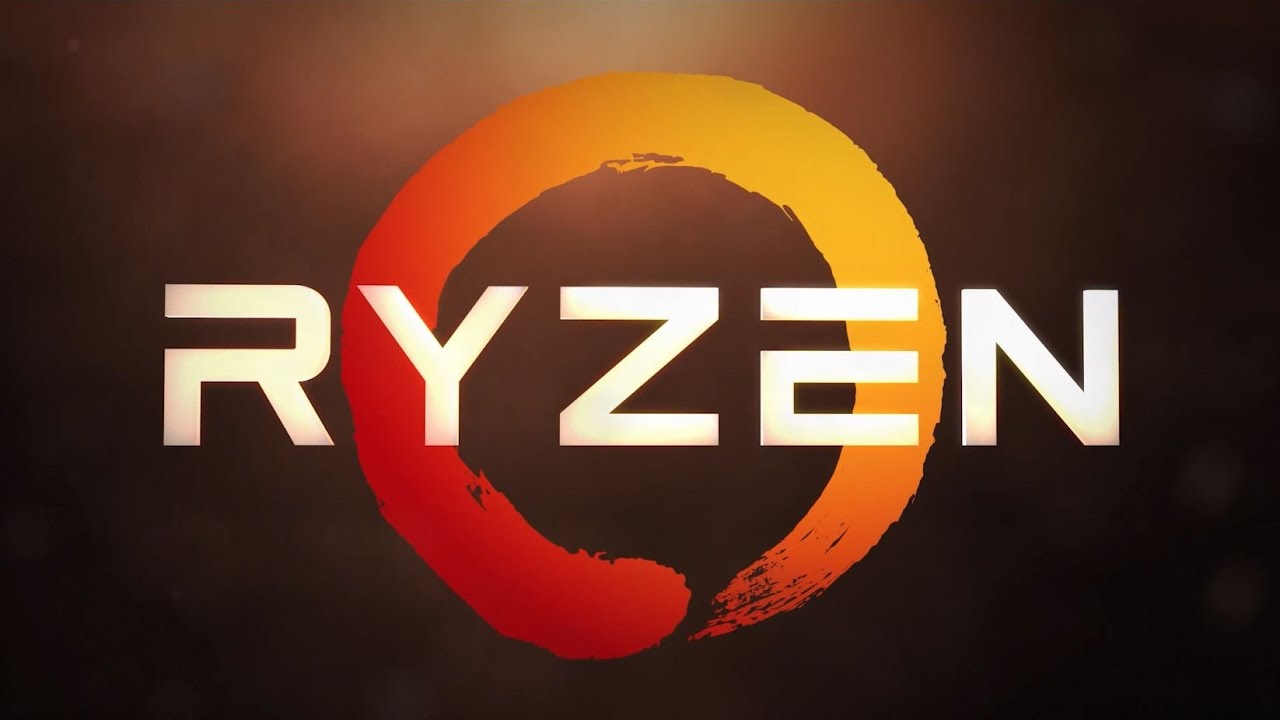
As of early 2025, nine nations together maintain roughly 12,331 nuclear warheads in global stockpiles. Russia and the United States hold about 88% of these weapons, with Russia possessing around 5,580 warheads and the U.S. about 5,277  . China has accelerated its arsenal growth, reaching 500 warheads and on track to exceed 1,000 by 2030 . France and the U.K. sustain respected deterrents with approximately 290 and 225 warheads respectively  ; India (172) and Pakistan (170) stand nearly neck-and-neck . Smaller yet potent arsenals in Israel (∼90) and North Korea (∼50) round out the list, casting a long shadow over global security  .
Why This News Is Popular
In a world brimming with dreams of peace, the thunder of nuclear engines reminds us of humanity’s dual gifts: creation and annihilation.
Our shared journey hinges on understanding these invisible arsenals—lighthouses of power that can guide or destroy civilizations.
A Voyage Through the Atomic Age
Beneath the silent hum of reactors and the cold vaults of missile silos lies a tale of Promethean ambition. From the desert sands of New Mexico to the icy wastes of Siberia, pioneers forged a new kind of fire—one that could light our cities or consume them in an instant.
The Global Stage of Nuclear Power
Evidence
The tapestry of nuclear deterrence is woven from nine principal actors, each with its own narrative of power and fear.
They stand on the brink of an epoch where the promise of security can slip into the abyss of mutual destruction.
As arsenals swell and doctrines shift, the balance of terror endures.
- Essential Facts
- • Nine nations possess about 12,331 warheads in total .
- • The United States and Russia together account for approximately 88% of global stockpiles .
- • Deployed strategic warheads: Russia ~1,710; U.S. ~1,670 .
- • SIPRI estimates 9,585 of these warheads are in military stockpiles ready for use .

Russia: Guardians and Provocateurs
Evidence
In the bear’s den of Siberia, nuclear steel and winter winds collide. Russia’s arsenal is the world’s heaviest, a testament to Cold War legacies and modern reinventions.
- Essential Facts
- • Total inventory: ~5,580 warheads (4,380 operational + 1,200 retired) .
- • Doctrine lowered the threshold for use, allowing nuclear retaliation to conventional attacks .
- • Developing advanced delivery systems—Avangard hypersonic and Poseidon underwater drones .
United States: Modernization Amid Rivalry
- Evidence
From the granite hills of New England to the plains of the Midwest, America’s nuclear steel pulses with renewal—balancing deterrence and diplomacy in an age of resurging competition.
- Essential Facts
- • Total warheads: ~5,277; deployed strategic: ~1,670 .
- • New START Treaty keeps arsenals capped, fostering stability between superpowers .
- • Defense spending on nuclear forces rose 45% over five years, set to surpass $100 billion in 2024 .
China: The Silent Ascendant
Evidence
On the eastern horizon, jade-and-steel dreams fuel a rocket’s roar. China expands its arsenal quietly, reshaping the nuclear map with measured strides.
- Essential Facts
- • Warhead count grew from 410 to 500 in 2024—fastest build-up of any state .
- • Projected to exceed 1,000 warheads by 2030 .
- • First overseas ICBM test in over four decades, signaling expanding reach .
- • Nuclear budget ~$11.9 billion, second only to the U.S. .
Europe’s Nuclear Ensemble
Evidence
Amid ivory spires and cobblestone streets, France and the U.K. uphold ancient pacts of deterrence—ever mindful of both sovereignty and solidarity.
- Essential Facts
- • France: ~290 warheads with SLBMs & cruise missiles .
- • U.K.: ~225 warheads, 120 deployed at sea on Vanguard/Dreadnought submarines .
- • Both nations modernizing delivery systems while pledging limited increases by 2030 .
South Asia’s Nuclear Theater: India & Pakistan
Evidence
Where monsoon winds carry whispers of history, two rivals maintain near-parity in warheads—each convinced that dormancy is defeat.
- Essential Facts
- • India: ~172 warheads; adheres to “no first use” doctrine .
- • Pakistan: ~170 warheads; reserves option for first use under existential threat .
- • Both developing longer-range missiles amid regional tensions .
The Ambiguous Arsenal: Israel
Evidence
Behind desert sands and silent bunkers, Israel’s policy of deliberate ambiguity nourishes a quiet shield of deterrence—unseen yet formidable.
- Essential Facts
- • Estimated ~90 warheads; maintains opacity about its arsenal .
- • Potential plutonium stockpile sufficient for up to 200 weapons .
- • Triad of delivery via fighters, submarines, and Jericho missiles .
The Uncertain Edge: North Korea
Evidence
In the mountain shadows of the hermit kingdom, a fledgling arsenal grows as a banner of regime survival—its full scope cloaked in mystery.
- Essential Facts
- • Estimated 50 warheads, with fissile material for additional weapons .
- • Conducted multiple nuclear tests and missile launches despite sanctions .
Emerging Horizons: Technology and Ethics
Evidence
Beyond the yawning mouths of silos, new technologies beckon—AI-guided missiles, cyber-weapons, and debates over moral responsibilities.
- Essential Facts
- • AI integration in command and control raises risks of miscalculation .
- • Efforts to reduce nuclear roles in alliances propose measured deterrence .
- • International dialogues on arms control face erosion amid great-power rivalries.
Research Insights and Future Directions
Peoples also asksAs we peer into the atomic mirror, key truths crystallize: deterrence remains fragile, arsenals are modernizing, and emerging technologies blur old boundaries. The journey from Los Alamos to Beijing underscores both our ingenuity and our vulnerability. The path ahead demands renewed treaties, transparent dialogues, and ethical stewardship of the world’s deadliest power
Peoples also asks
1. How can global governance structures evolve to address the rise of new nuclear powers?
2. What role should emerging technologies (AI, cyber) play in nuclear command and control?
3. Can doctrines like “no first use” reduce the risk of accidental escalation?
4. How might public opinion influence national nuclear policies?
5. What lessons from past arms control treaties can inform future agreements?
6. How do regional conflicts (e.g., South Asia, Middle East) shape global deterrence dynamics?
7. In an age of climate crisis, what moral imperatives arise around maintaining or disarming nuclear arsenals?
8. Could new verification technologies rebuild trust among nuclear states?
9. What responsibilities do non-nuclear states hold in advocating for disarmament?
10. How do we reconcile national security with humanity’s collective survival under the shadow of the bomb?
Ilham Faysal || Habitables Solution.com




